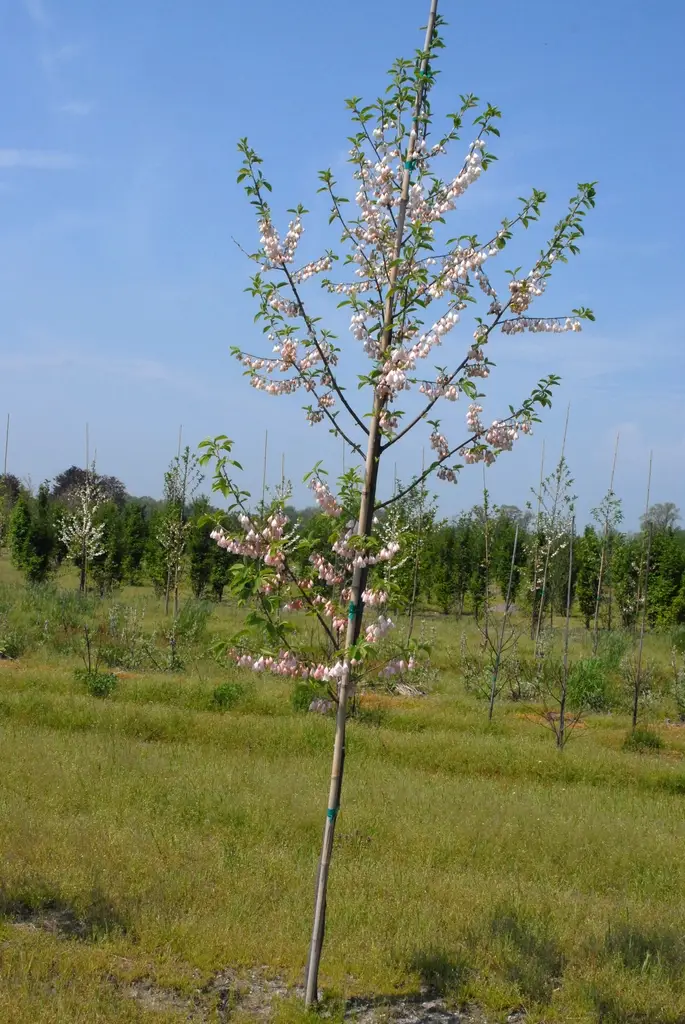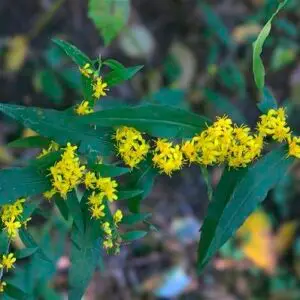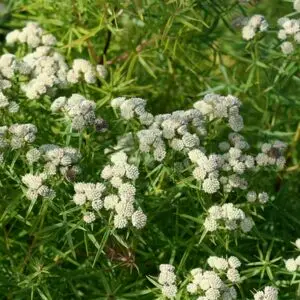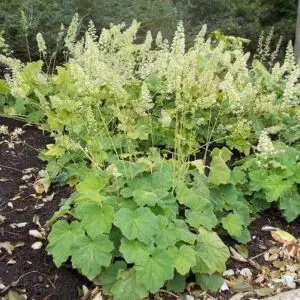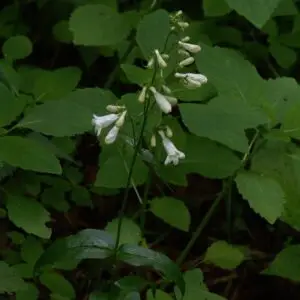| Size | Trade Gallons, Two Gallons, Three Gallons |
|---|
Halesia carolina – Silverbell(B&B.BW.DR.H.HMR.MTH.NB.OP.RR.SHWY)
$40.00
Ecosystem Services:
(B)-Birds (B&B)-Birds & Butterflies
(BTF)-Butterflies (BW)-Black Walnut Resistant
(DR)-Deer Resistant (DRGHT)-Drought Resistant
(EC)-Erosion Control (EVR)-Evergreen
(FC)-Fall Color (FRG)-Fragrant
(GRD)-Groundcover (H)-Host plant
(HMR)-Hummingbirds (M)-Mammals
(MTH)-Moths (N)-Nectar
(NB)-Native Bees (NST)-Nesting Material
(OP)-Other pollinators (RR)-Rabbit Resistant
(SHWY)-Showy (SPC)-Specimen Plant
Carolina silverbell is a native flowering tree in the styrax family (Styracaceae). It is most commonly found in the Great Smoky Mountains but extends throughout the mountain regions and into the upper Piedmont.
Carolina silverbell is easily grown in average, medium, well-drained soil in full sun to part shade. It prefers moist, acidic, organically rich soils in part shade. It has an irregular, spreading, open crown and yellow fall color. It suffers during drought, so it will need supplemental irrigation. Carolina silverbell is sensitive to heat, drought and soil compaction.
In nature, Carolina silverbell can usually be found in moist slopes, coves, creek-banks, and bottomlands. It can be grown as a large multi-trunked shrub or trained into a small understory tree. The tree rarely reaches more than 80 feet in height with a trunk diameter of 2 feet. It grows large enough for commercial use only in the most favorable locations. Large trees can have very dramatic leaning, twisting trunks.
The tree will bloom when it is only a few years old and continue blooming during its life expectancy of up to 100 years.
It makes an attractive specimen plant for a lawn or in a shrub border or woodland garden and is occasionally planted as an ornamental. It can be used in a rain garden. It also looks attractive planted with rhododendrons and azaleas.
Host plant for 7 species of Lepidopterans including the Promethea moth, Eastern Tiger Swallowtail, Mourning Cloak, Eastern Comma, Red-spotted Purple and Viceroy butterflies.

